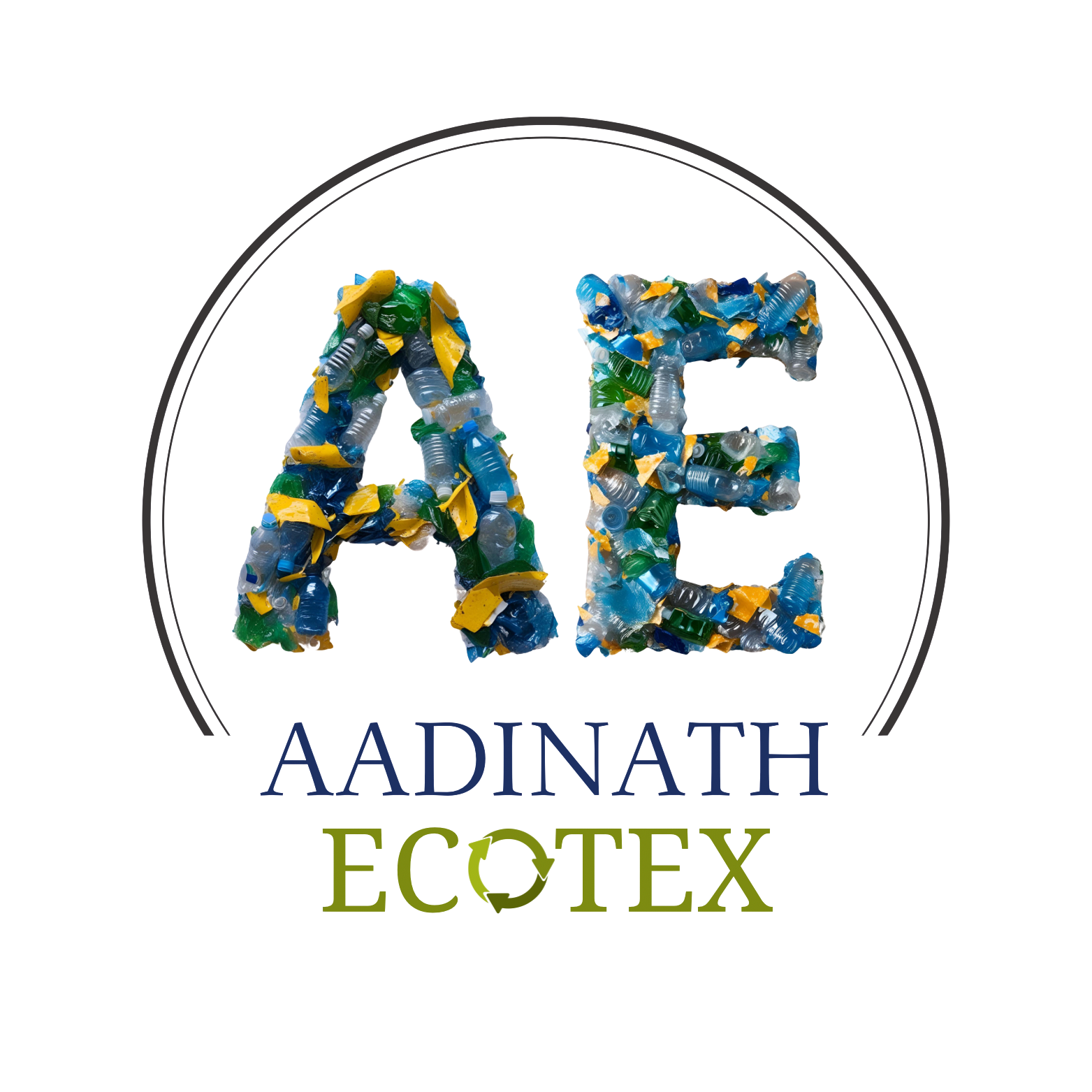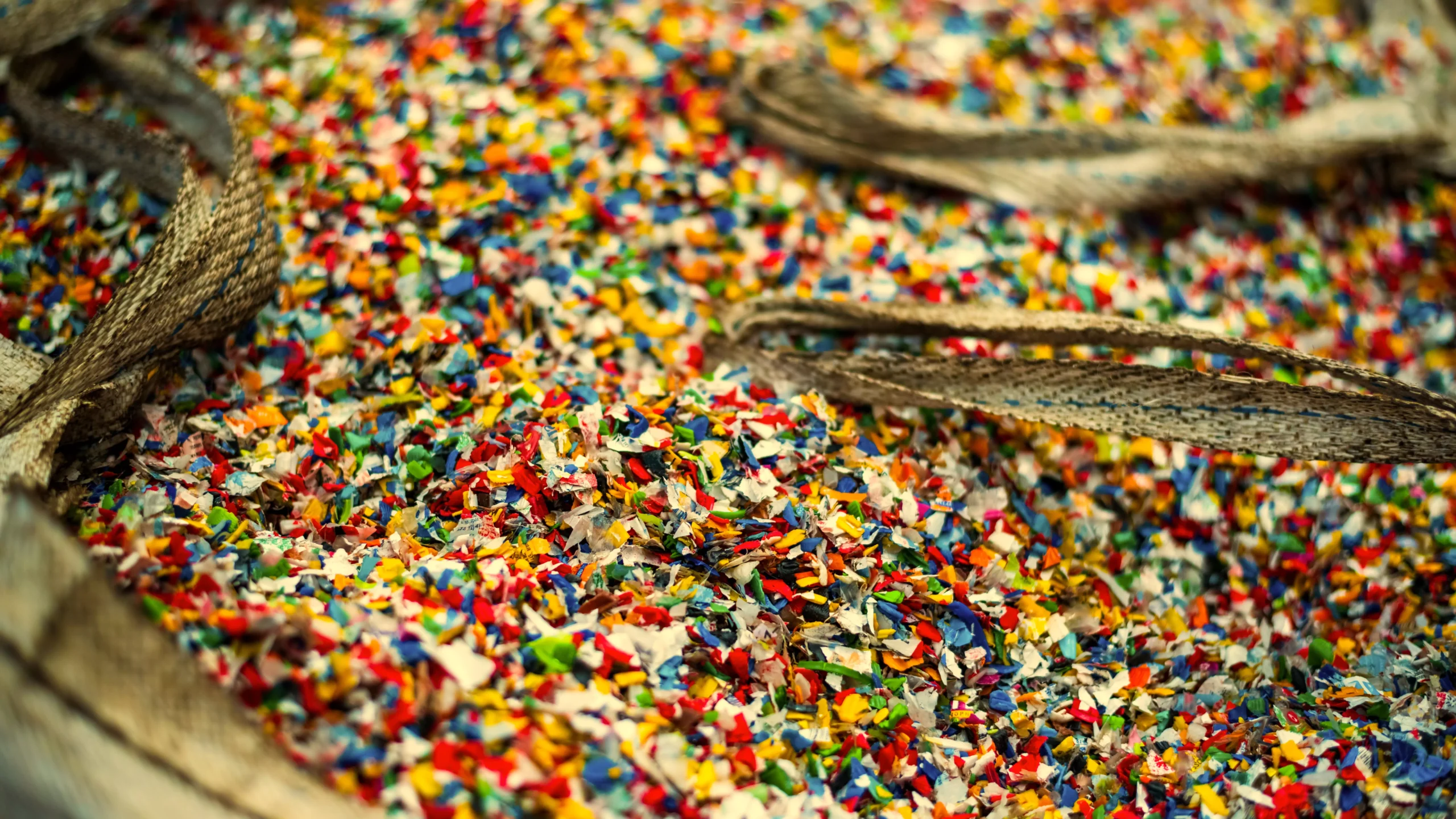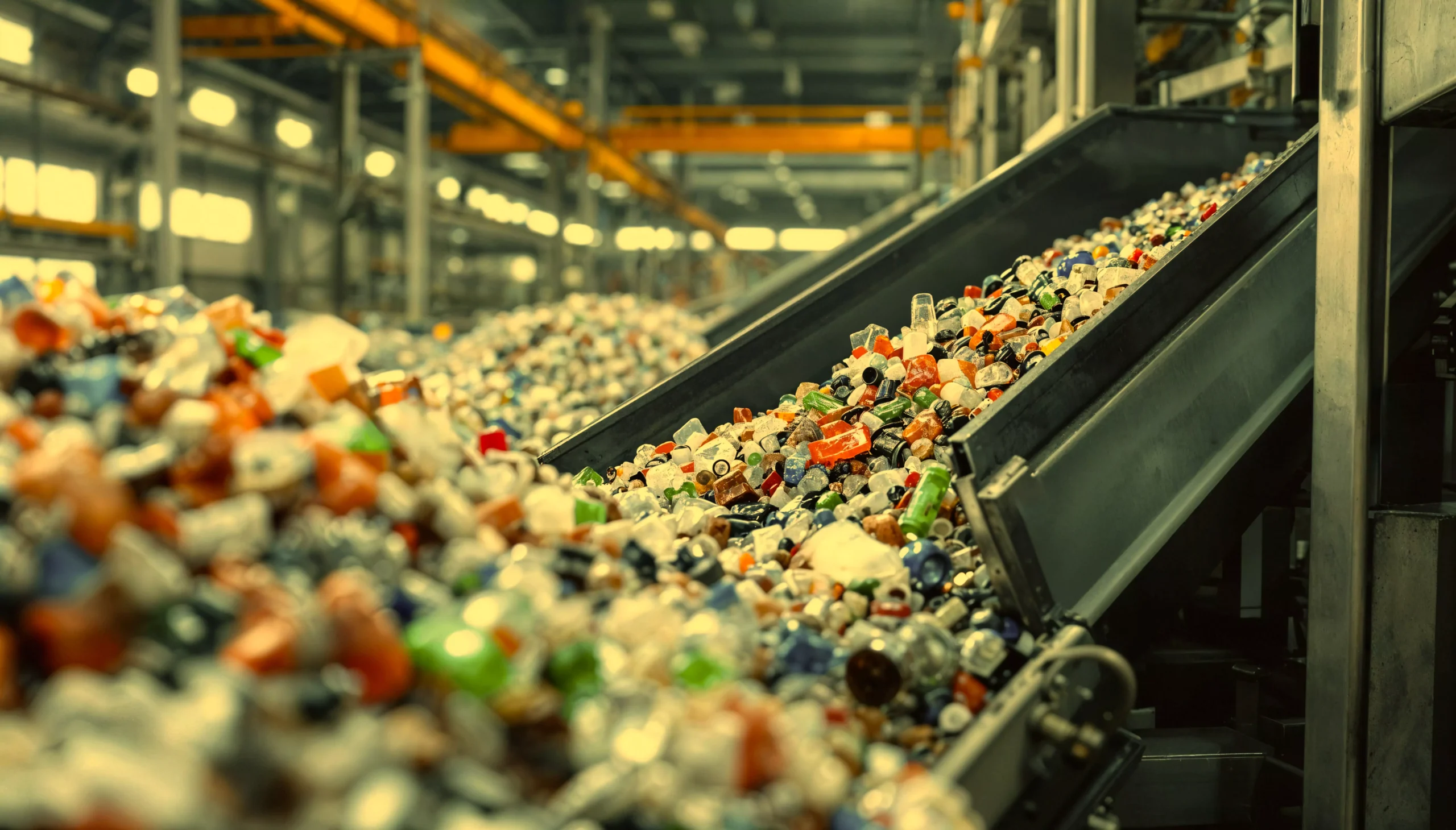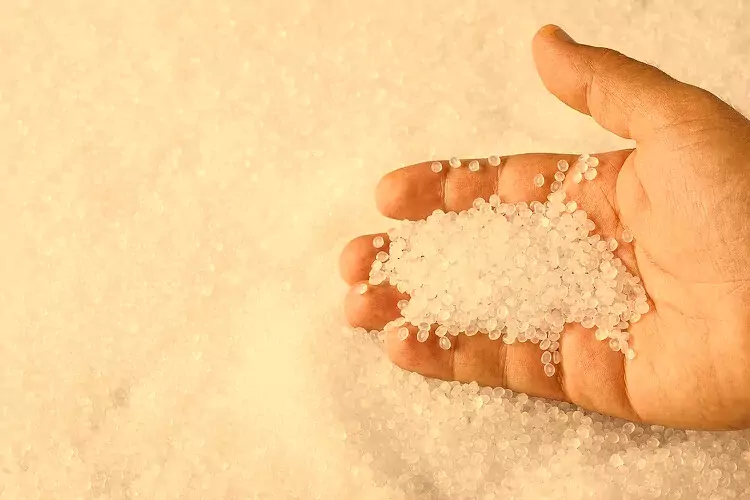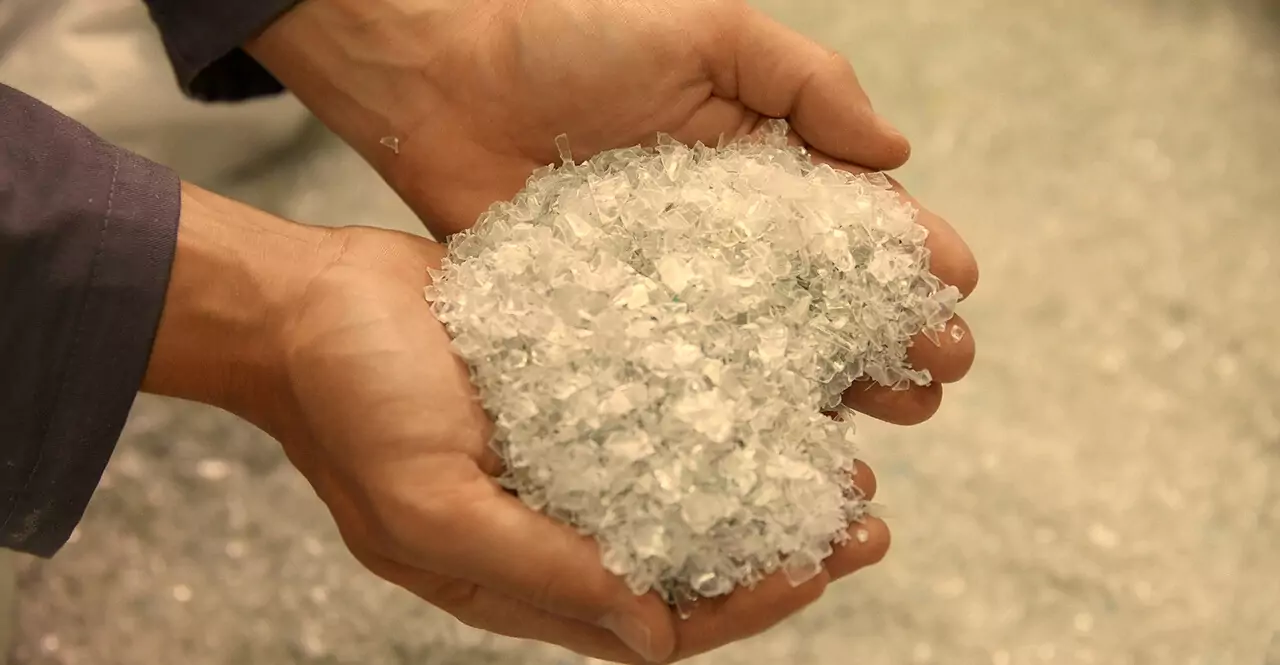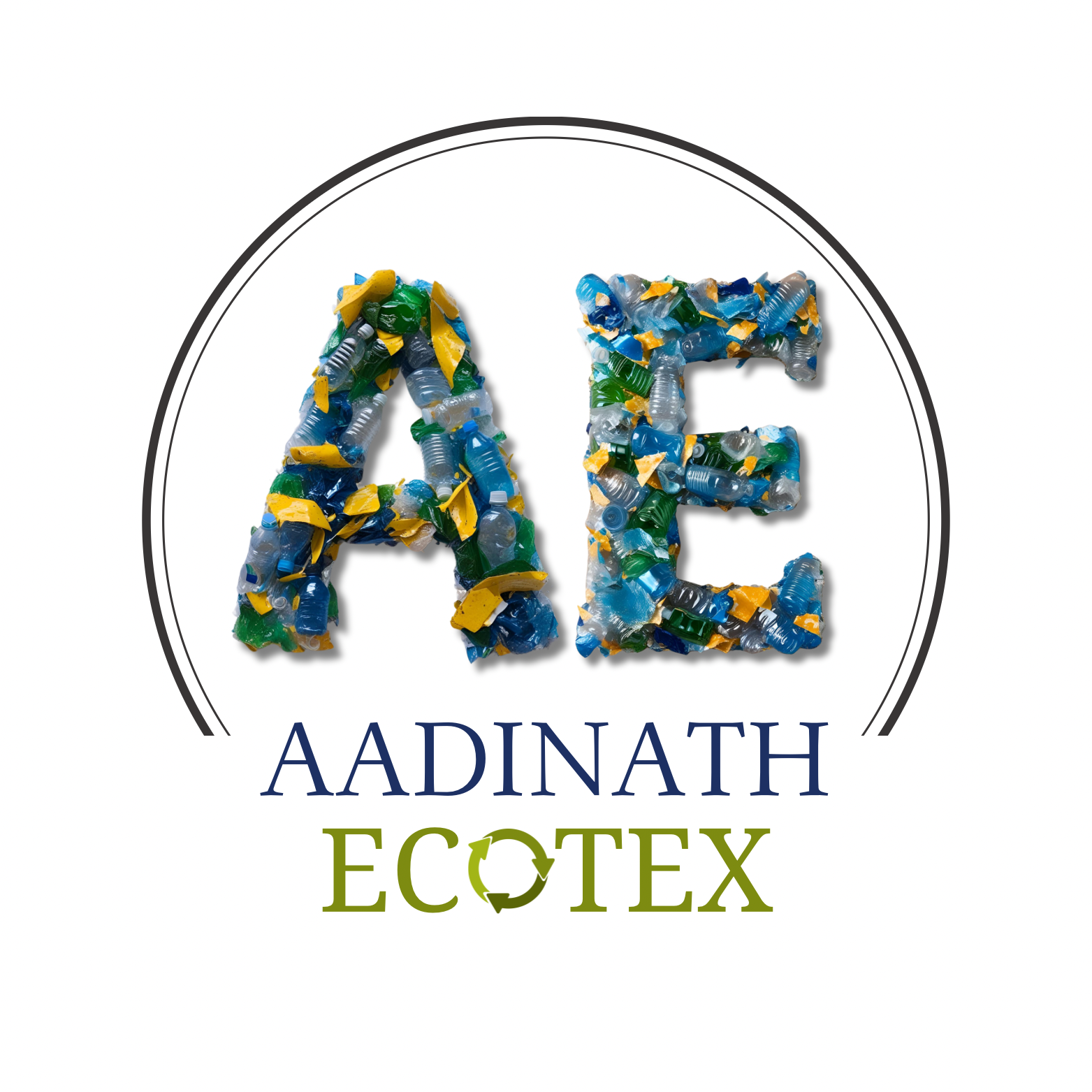Introduction: Turning Plastic Waste into Value
Plastic waste is one of the most pressing environmental challenges of our time. With global plastic production exceeding 400 million tons annually, and only a fraction effectively recycled, the need for innovative recycling solutions has never been more critical. Fortunately, the recycling industry has witnessed a wave of technological innovations that are transforming how we manage and repurpose plastic waste. These advances are turning plastic from an environmental burden into a valuable resource, helping drive the circular economy and sustainable manufacturing.
This blog explores the groundbreaking innovations in recycling technology that are redefining the plastic lifecycle, making it more efficient, scalable, and environmentally friendly.
1. Advanced Sorting Technologies: Precision at the Start
Efficient recycling starts with accurate sorting. Traditional methods like manual sorting and basic mechanical processes often lead to contamination and reduced material value. Modern facilities now leverage technologies such as:
- Near-Infrared (NIR) Spectroscopy: This technology identifies different plastic polymers by analyzing how they reflect near-infrared light, enabling precise separation of PET, HDPE, LDPE, PP, and other plastics.
- AI-Powered Robotics: Artificial intelligence and machine learning power robotic arms capable of identifying and sorting plastics with high speed and accuracy. These systems improve efficiency and reduce labor costs.
- X-Ray and Hyperspectral Imaging: These advanced systems can differentiate between materials even when they are dirty, multi-layered, or colored, drastically reducing contamination.
By improving the purity of recycled streams, these technologies increase the quality and usability of recycled plastics.
2. Chemical Recycling: Breaking Plastics Down to the Molecular Level
While mechanical recycling reprocesses plastics through grinding and melting, chemical recycling breaks down polymers into their original monomers or basic chemicals. This innovation enables the recycling of previously non-recyclable plastics like multi-layer packaging or contaminated films.
Key methods include:
- Pyrolysis: Involves heating plastic waste in the absence of oxygen to produce oil or gas, which can be used as fuel or raw material for new plastic production.
- Depolymerization: Breaks down plastic polymers such as PET into their base monomers, allowing the creation of virgin-quality plastic.
- Solvolysis: Uses solvents to dissolve polymers selectively and extract high-purity monomers or additives.
Chemical recycling enables infinite recyclability, higher material recovery, and closes the loop for complex plastics.
3. Mechanical Recycling Innovations: Cleaner and More Efficient
Mechanical recycling remains the most common method of recycling plastic, and recent advancements have significantly improved its effectiveness.
Recent innovations include:
- Hot-Wash Systems: Improve the cleanliness of recycled plastics, especially PET flakes, by removing labels, adhesives, and food residues.
- Extrusion with Filtration: Advanced extruders with integrated filtration systems remove impurities during the melting process, yielding higher-quality granules.
- Degassing Units: Remove volatile substances and moisture, which enhances the performance of recycled plastics in demanding applications.
These innovations ensure that mechanically recycled plastics can meet the quality requirements for packaging, automotive, and consumer goods industries.
4. Decentralized Recycling Units: Bringing Solutions Closer to Source
Traditionally, plastic recycling requires centralized, large-scale facilities. However, mobile and modular recycling units are changing the game.
- Mini Recycling Plants: Small-scale units that can be installed in communities, schools, or businesses to process local plastic waste.
- 3D Printing Filament Converters: Machines that transform recycled plastic into filaments for 3D printing, promoting local reuse.
These solutions empower local communities, reduce transportation emissions, and encourage a culture of recycling.
5. Smart Bins and IoT in Waste Collection
Smart waste collection systems improve the logistics and efficiency of recycling by integrating Internet of Things (IoT) technology.
- Sensor-Based Smart Bins: Detect fill levels and types of waste, sending data to waste management companies for optimized collection routes.
- Blockchain for Traceability: Tracks plastic waste from source to end use, ensuring transparency and accountability in the recycling process.
These tools streamline operations, reduce costs, and ensure that collected waste is properly managed and recycled.
6. AI and Machine Learning in Process Optimization
Artificial intelligence is increasingly being used to enhance every stage of the recycling process, from sorting to product development.
- Predictive Maintenance: AI monitors machine performance and predicts failures, reducing downtime.
- Quality Control: Image recognition and pattern analysis ensure that only materials meeting specifications are processed further.
- Market Forecasting: AI analyzes market trends to help recyclers adapt their operations to meet changing demands.
These applications improve efficiency, reduce waste, and boost profitability.
7. Bio-Based and Biodegradable Plastics Recycling
As industries adopt bio-based or biodegradable plastics, recycling technologies are evolving to handle these new materials.
- Enzymatic Recycling: Uses enzymes to break down bio-based plastics like PLA into reusable monomers.
- Industrial Composting: New composting technologies ensure that biodegradable plastics are processed properly without contaminating conventional recycling streams.
These systems support sustainable plastic alternatives and expand the possibilities for circular product design.
8. Integration with Circular Economy Models
Recycling innovations are integral to the circular economy, where products are designed with their end-of-life in mind.
- Design for Recycling (DfR): Encourages manufacturers to create packaging and products that are easier to recycle.
- Producer Responsibility Schemes: Legislation requiring companies to manage the recycling of their products is driving innovation in recycling infrastructure.
As more brands and countries adopt circular strategies, recycling becomes a key enabler of sustainable growth.
9. Case Studies: Real-World Applications
- Coca-Cola’s World Without Waste Initiative: Utilizes 100% recycled PET (rPET) in many of its bottles and invests in chemical recycling startups.
- Unilever and Loop Industries: Collaborate to use Loop’s depolymerization tech for creating food-grade recycled plastic.
- Waste4Change (Indonesia): Leverages tech platforms for waste segregation, traceability, and optimized recycling chains.
These examples highlight how innovation translates into real-world environmental benefits.
Conclusion: A Smarter Future for Plastic Recycling
Recycling technologies are evolving rapidly to meet the growing demand for sustainable materials. From AI-driven sorting to molecular-level recycling, these innovations are unlocking the true value of plastic waste. By transforming waste into a resource, we move closer to a circular economy—one that minimizes environmental impact, conserves resources, and drives sustainable industry practices.
As consumers, businesses, and policymakers recognize the importance of these advancements, continued investment and collaboration in recycling technology will be key to building a cleaner, greener future.
